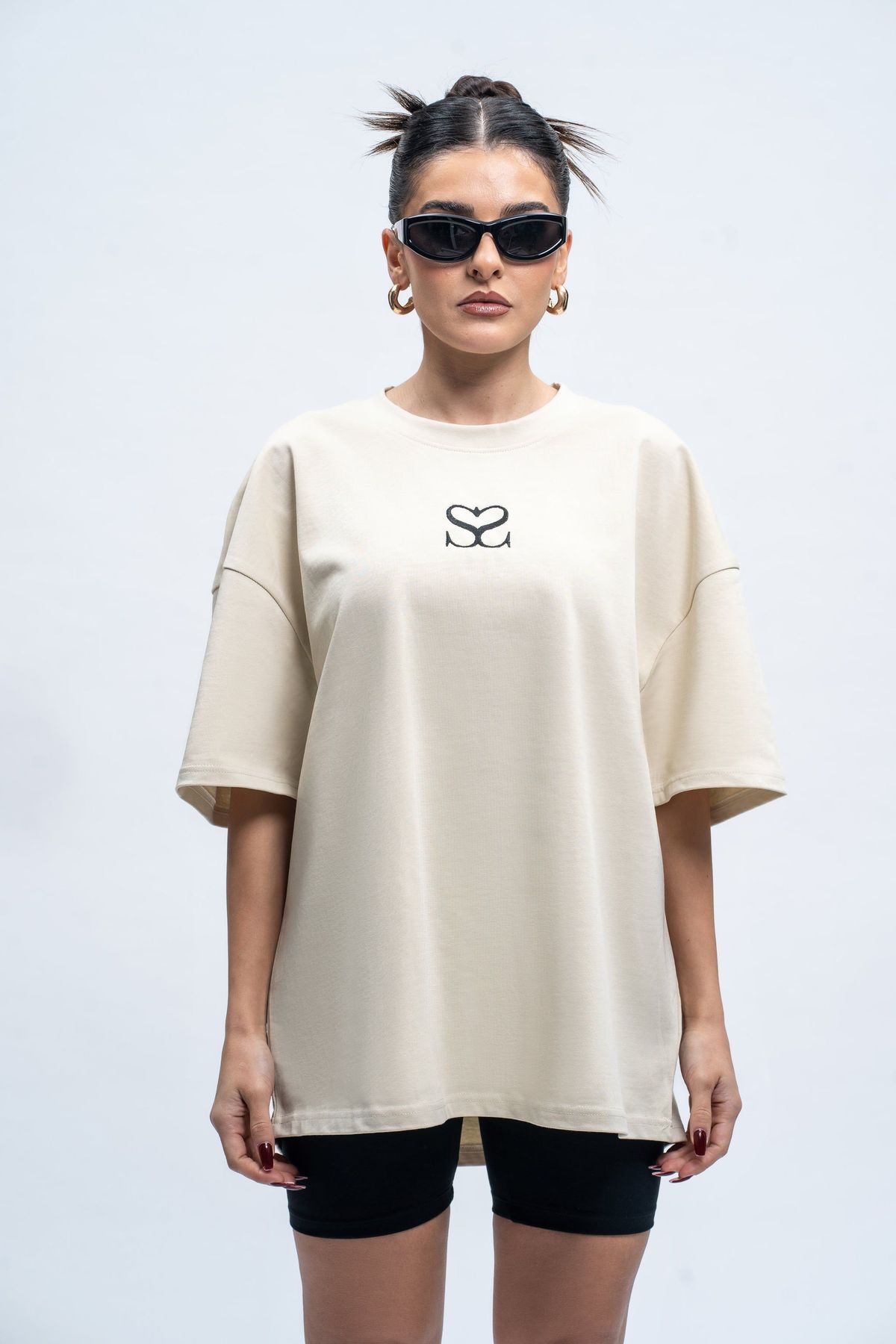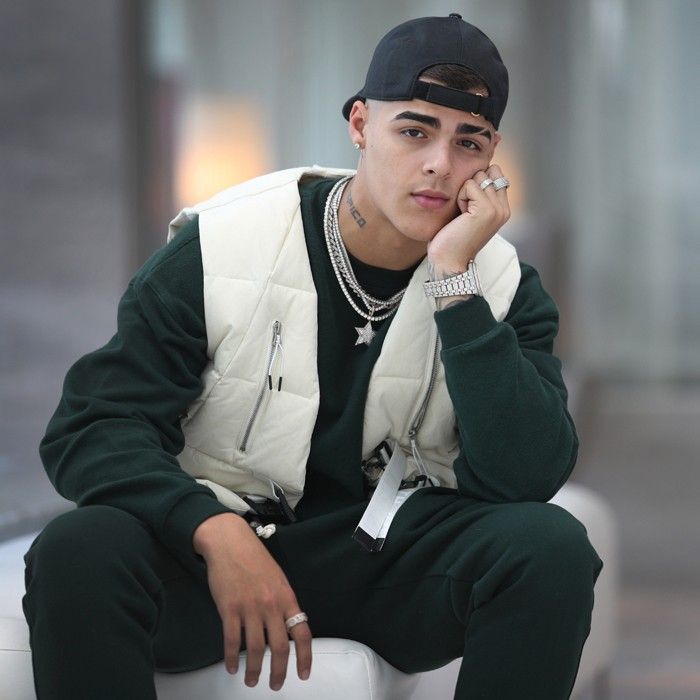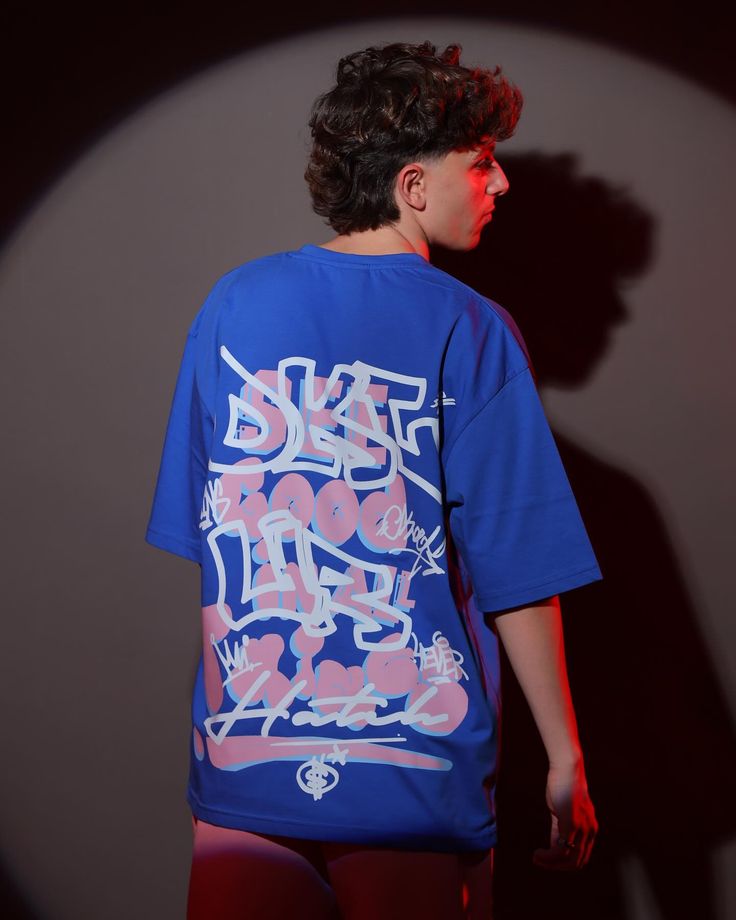Introduction
Clothing is far more than fabric stitched together; it is an emotional language that speaks before we ever open our mouths. What we wear not only influences how others see us but also how we perceive ourselves. “Fashioned From Feeling: The Psychology of Dress” explores the profound emotional, psychological, and social meanings woven into every outfit we choose.
Fashion is identity, communication, and self-expression all at once. Behind every color, texture, and silhouette lies an emotion — confidence, nostalgia, rebellion, serenity. Our wardrobes are extensions of our inner worlds, transforming invisible emotions into visible forms.
The Emotional Architecture of Style
Every outfit tells a story of emotion. We dress according to mood, and in turn, our clothing shapes how we feel. The relationship between emotion and fashion is circular — we use clothes to express inner states, and those very clothes can alter our state of mind.
A tailored blazer may make one feel powerful, a flowing dress may evoke freedom, while monochromatic tones may express introspection. This emotional architecture of style reflects our subconscious needs: control, creativity, attention, or comfort.
When we choose our clothes each morning, we’re not just dressing our bodies — we’re dressing our emotions.
The Mirror Effect: How Clothing Shapes Identity
Fashion acts as a mirror reflecting our evolving sense of self. From childhood to adulthood, our style adapts alongside personal growth, societal roles, and aspirations. We use clothing as a tool of self-definition, crafting identities that match the person we wish to project to the world.
Psychologists call this enclothed cognition — the theory that what we wear directly affects our cognitive processes and behavior. A lab coat may make a scientist feel more analytical, while a dancer’s outfit may amplify confidence and movement. The garments we choose literally change the way we think, act, and engage with others.
Our fashion choices, therefore, are psychological mirrors — revealing not only who we are but who we’re becoming.
Color Psychology and the Mood of Dress
Colors are silent communicators of emotion. They influence perception, attitude, and energy in profound ways. Red evokes power and passion; blue conveys calm and trust; yellow radiates optimism and warmth; black suggests mystery or sophistication.
The psychology of color in fashion shows how deeply emotion is intertwined with aesthetics. A pop of bright color can lift mood and confidence, while muted tones may mirror introspection or calm. Designers intentionally use these palettes to evoke emotion — from the serenity of pastels to the boldness of neon, every shade carries meaning.
In essence, color is not merely visual; it is emotional. To wear color is to wear feeling.
Cultural Symbolism and Social Identity
Fashion is also a cultural code — a system of symbols that communicates belonging, heritage, and status. What we wear often reflects the traditions we value or the groups we identify with. Traditional garments, streetwear movements, luxury brands — each represents an emotional and social narrative.
A person might wear a cultural outfit to feel connected to ancestry, or choose designer labels to express success and aspiration. These fashion choices are not superficial; they are part of our human need to belong, to signal identity, and to find emotional safety within shared visual languages.
Fashion and Self-Esteem
Self-esteem and fashion are inseparable. When people feel confident in their appearance, they project that confidence into every area of life. Conversely, when clothing feels uncomfortable or misaligned with identity, self-perception suffers.
Fashion psychologists have found that dressing intentionally — choosing clothes that reflect authentic emotion rather than external approval — significantly boosts mental well-being. This is why “personal style” matters: it’s not about trend-following but about emotional truth.
Clothing becomes empowering when it aligns with who we truly are, not who we’re told to be.
Minimalism, Maximalism, and the Expression of Self
Our fashion preferences — whether minimalist or maximalist — also reflect psychological tendencies. Minimalists often seek calm, clarity, and control through simplicity. Maximalists, by contrast, use fashion as emotional amplification, expressing abundance, creativity, and joy.
Both are valid languages of feeling. Minimalism whispers serenity; maximalism sings exuberance. What unites them is intention — the desire to translate inner emotion into outward form.
The psychology of these aesthetics shows that our fashion choices are emotional balancing acts — quiet or loud, structured or free, each style mirrors the inner rhythm of its wearer.
The Role of Memory and Nostalgia in Fashion
Clothing carries memory. The scent of a jacket, the texture of a childhood sweater, the cut of a dress worn on a special day — these sensory details anchor us to specific moments.
Fashion psychologists describe this as emotional imprinting: the way certain garments evoke memories, comfort, and identity.
Vintage fashion thrives on this connection. Wearing retro styles allows people to relive eras they admire or find emotional solace in the past. In this way, nostalgia becomes a fashion statement — not just stylistic, but deeply sentimental.
Fashion as a Form of Self-Care
To dress with awareness is an act of self-care. Choosing textures that soothe, fits that comfort, and colors that calm can nurture emotional well-being. Dressing intentionally creates mindfulness — a pause in the day to acknowledge emotion, identity, and creativity.
Fashion psychology suggests that clothing rituals — from selecting an outfit to styling hair — can stabilize emotions and create positive mental association. What we wear can protect us emotionally as much as physically.
In the modern world, where mental wellness is increasingly valued, fashion becomes a therapeutic tool — a form of emotional design.
The Future of Emotional Fashion
As fashion continues to merge with technology and psychology, emotional design is becoming a key innovation frontier. Smart fabrics now adapt to mood and temperature. AI-driven styling apps analyze personality traits to suggest outfits that enhance confidence and comfort.
Emotional data is the next evolution — fashion designed to respond to human feeling in real time.
Future designers will create garments that not only look beautiful but also feel empathetic — fashion that listens, responds, and evolves with the wearer’s emotions. This intersection between psychology and design will shape the next era of expressive, intelligent fashion.
Conclusion: Wearing Our Emotions
“Fashioned From Feeling: The Psychology of Dress” reminds us that fashion is not vanity — it’s vulnerability. Every outfit is a story, every choice a reflection of inner emotion. What we wear has the power to comfort, to communicate, and to transform.
Fashion psychology teaches us that true style is emotional honesty. When we dress from feeling — not pressure or perfection — we reclaim the art of being human.
In this sense, fashion becomes more than aesthetic. It becomes empathy in fabric form — a visible expression of invisible emotion.



